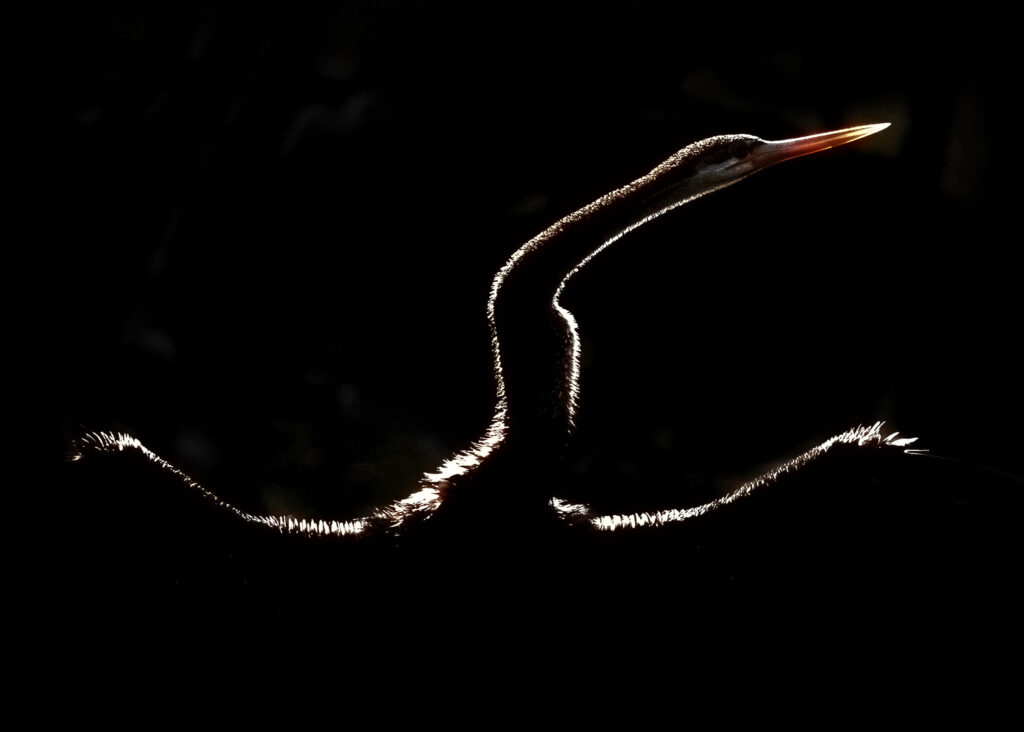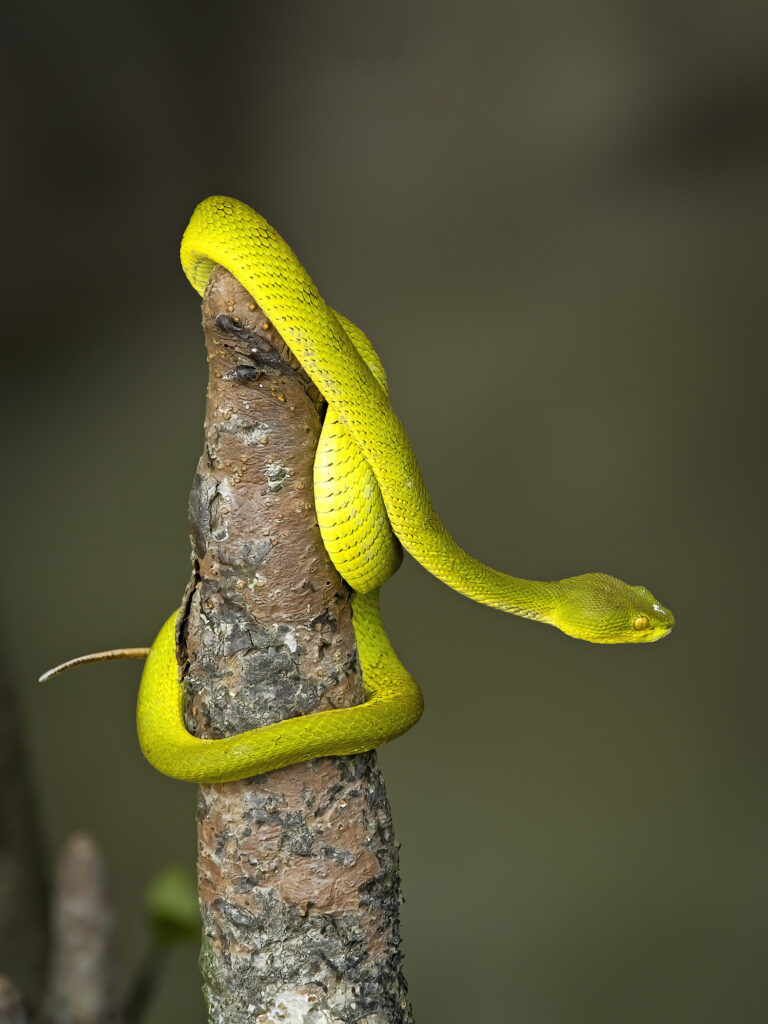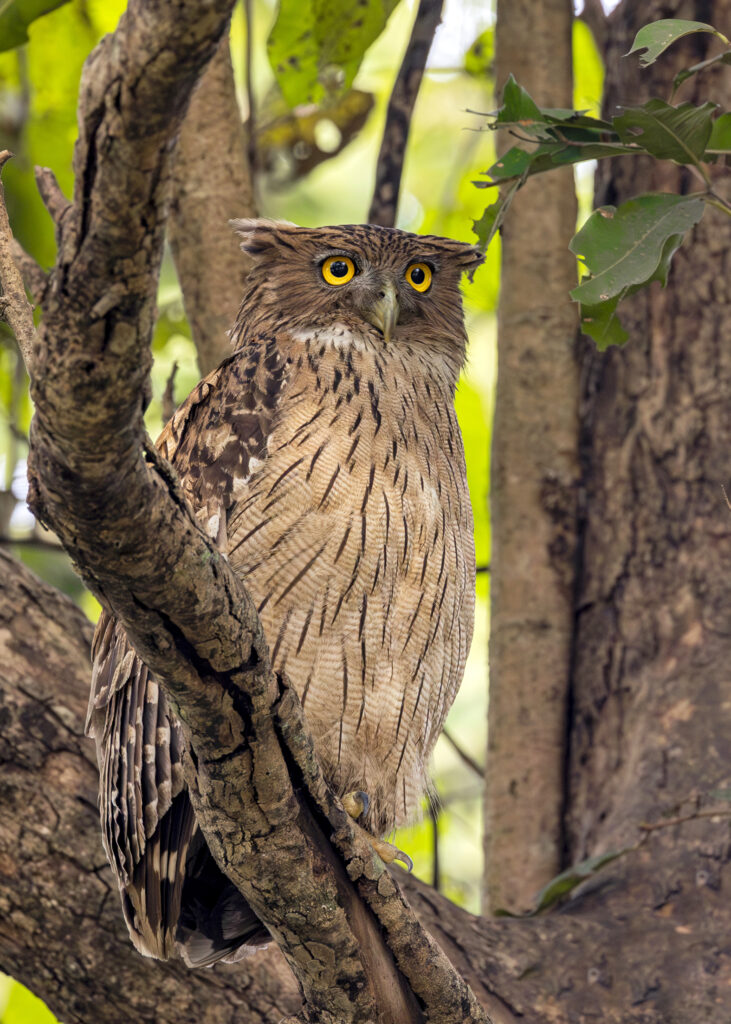

Born and raised in Delhi, my journey began in various sectors before I discovered my true calling in graphic design. Drawn by its creative demands, I found it perfectly aligned with my artistic inclinations. My expertise in Photoshop has further refined my skills, particularly in the art of photo editing.
1. How did you first get into wildlife photography, and what drew you to this specific genre?
As a young boy, I was captivated by wildlife documentaries. The rise of social media exposed me to the breath-taking work of renowned wildlife photographers like Shaaz Jung, Dhritiman Mukherjee, and others. Inspired, I purchased my first f/400 mm prime lens and embarked on this thrilling journey.
2. Can you share a story of one of the most memorable moments you have captured in the wild?
Witnessing a tiger make a kill is an unforgettable experience. In Bandhavgarh, 2012, I was fortunate enough to see a tiger take down a huge male sambar in the Rajbhera meadows. The tiger waited for the sambar to approach a creek for water, then pounced on its neck with lethal precision.



3. What are some of the biggest challenges you face while shooting in natural habitats?
On a safari, limited movement can make it difficult to compose the perfect shot from the desired angle. Additionally, since most wildlife activity occurs at dawn or dusk, low light conditions present challenges in achieving the right exposure.
4. What camera gear and lenses do you typically use for wildlife photography, and why?
I use the Canon R6 paired with an RF100-500 mm lens. This combination is lightweight and easy to handle, making it ideal for long shoots without straining my hands.
5. How do you approach a shoot? Do you plan meticulously, or do you prefer spontaneity?
My approach depends on the situation. Often, careful positioning is required, taking into account the light source, perch, and background to capture the best shot.
7. How do you ensure that your presence does not disturb the animals or their habitats?
Wildlife is instinctively aware of our presence. It’s crucial to allow the animals’ time to acclimate to your presence without making sudden movements, which could startle them and result in lost opportunities.






8. Is there a particular animal or species that you feel a deep connection with? Why?
While all species are important, I have recently developed a fascination with butterflies. Their world is vast and intricate, and I’ve only just begun to explore it. In their brief lives, they fulfill the purpose for which nature has created them.
9. How do you use your photography to raise awareness about wildlife conservation?
During birding sessions, locals often ask about our activities. This provides an opportunity to discuss the importance of even the smallest creatures in the ecological chain. We aim to foster awareness and curiosity about the hidden wonders of nature that many overlook.
10. What is your approach to post-processing your images? How much editing is too much?
If a photo is well-composed and exposed, minimal editing is needed. Modern cameras offer excellent colour depth and dynamic range. While some visual corrections may be necessary, I believe in avoiding excessive manipulation.
11. Have you ever faced danger while photographing in the wild? How did you manage it?
I’ve faced charging elephants in musth during safaris on a couple of occasions. Thankfully, skilled drivers have always managed to get us out of harm’s way.
12. How has wildlife photography changed you as a person over the years?
Wildlife photography is intoxicating and de-stressing. In our relentless pursuit of success, we often miss out on inner peace, which nature provides in abundance. It teaches humility and reminds us to stay grounded.
13. What advice would you give to someone who wants to pursue wildlife photography professionally?
As an amateur driven by passion rather than monetary goals, I find the true reward in capturing well-documented photographs. My journey is personal, and I may not be the best person to offer professional advice.


14. Do you have a favourite location or ecosystem where you love to shoot? What makes it special?
Jim Corbett National Park is my favourite. This king of jungle is a photographer’s paradise, offering diverse landscapes from vast grasslands like Savannah to hilly terrain, river bodies to dense foliage. The vast biosphere never fails to inspire.
15. Are there any upcoming projects or expeditions you are particularly excited about? What can we expect from your future work?
I have several trips planned to national parks and sanctuaries in the coming season. I’m especially eager to see the grown-up cubs of P-151 and P-652 at Panna Tiger Reserve, followed by tours of Tadoba and Pench. Hold your guns, the shutter clicks have just started and the adventure has just begun. Stay tuned! Cheers!!!
Blurb
“Wildlife photography offers peace and humility, grounding us in nature’s abundance amid the pursuit of success.”









